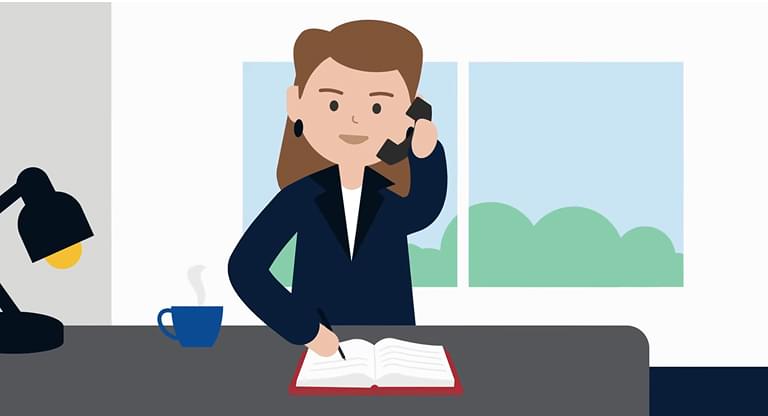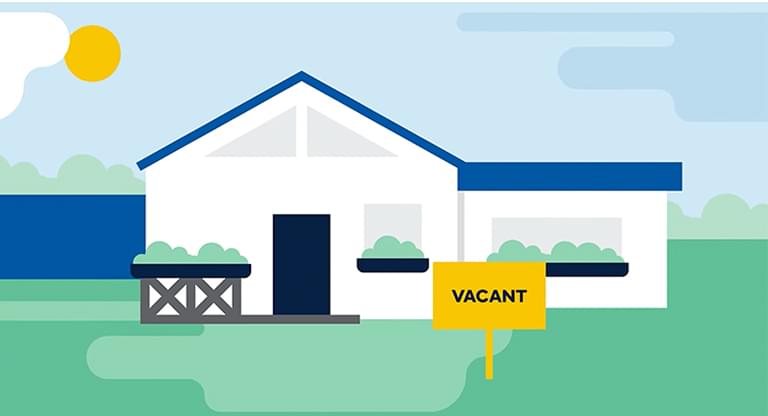Commercial and industrial property tax
A tax progressively replacing land transfer and landholder duty.

What is commercial and industrial property tax?
Commercial and industrial property tax (CIPT) is an annual tax on the land value of commercial and industrial properties in Victoria. It is payable 10 years after the property enters the CIPT reform. Properties can be exempt from land transfer (stamp) duty and landholder duty helping businesses to expand or relocate.
Understanding commercial and industrial property taxUseful information
Legislation and regulations
Get in contact with us
Subscribe to our email








